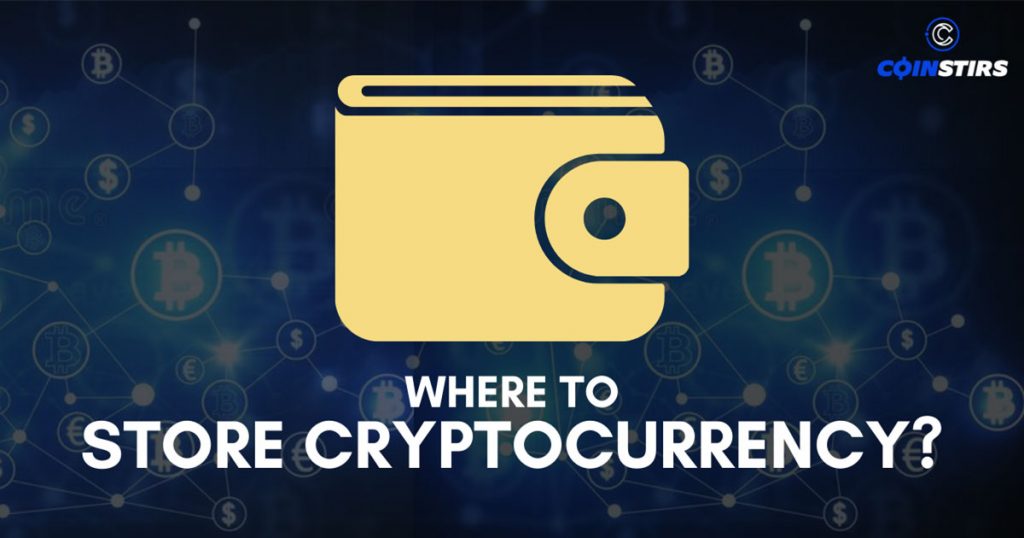Where to Store Cryptocurrency?
Whether it’s your first time owning a cryptocurrency or looking for another, choosing the best one on where to store is the best way to avoid the…

Whether it’s your first time owning a cryptocurrency or looking for another, choosing the best one on where to store is the best way to avoid the possibility of fraudulent hacks.
Choosing the best cryptocurrency wallet will always have both advantages and disadvantages. No matter how to store a cryptocurrency, it’ll always depend on the person’s choice and accessibility to easy access.
Hot Wallet
Storing crypto in a hot wallet is one the most known way to keep balances.
Using hot wallets requires users to have an internet connection to access their wallets. The benefit of using a hot wallet is that it allows traders to store cryptocurrencies in different blockchains.
While storing cryptos in a hot wallet is flexible and convenient, one of the few challenges faced by the users is breaches of security which are balances kept only on the internet and in the browsers of the wallets.
Below are one of the most-used hot wallets preferred traders.
Screenshot Image of Metamask Website https://metamask.io/
Screenshot Image of Coinbase Website https://www.coinbase.com/
Cold Wallet
The cold wallet is the safest option for storage, making it secure from hackers and any possible form of compromise.
Cold wallets are straightforward for their purpose. These are offline wallets that require a physical wallet like a flash drive but take note. It’s a risk when cold wallets are misplaced or stolen.
The Italian Luxury Fashion House, Fendi, designed the first-ever cryptocurrency cold wallet—and it’s not your typical cold wallet like a flash drive stick.
Video by KTLA 5 via Youtube
Custodial Wallet
A custodial wallet allows other entity to store their balances. Nowadays, most custodial wallets are through web-based exchange wallets allowing exchanges with other users called end-to-end or peer-to-peer. A trader who prefers a custodial wallet trusts a third party. To access their balances, the wallet owner must provide a given private key to have complete control of the assets3.
Examples of custodial wallet platforms.
Screenshot Image of Binance Website https://www.binance.com/en
Screenshot Image of BitMEX Website https://www.bitmex.com/
Physical (Paper) Wallet
Physical paper wallets these days are out of style. Comparable to the cold wallet, this thing is only a paper with public keys printed out. People might think this way of storing crypto is the safest, but measures are needed. Creating a physical wallet on paper requires a wallet generator from the web. But having one, environmental factors should be considered when using this type of wallet as water damage is possible or it degrades in time.
Here’s a sample image of a paper wallet; this paper wallet only accepts cryptocurrency in Bitcoin.
Bitcoin Paper Wallet Image from via https://privacypros.io/wallets/paper/
If you prefer a paper wallet for storing your balances, know more about how to Make a Crypto Paper Wallet from the Benzinga website.
Watch this guy’s video to know more about where to store crypto, the advantages and disadvantages of different ways, and the most convenient for other people.
Sources
- Crypto Wallets: Custodial vs. Non-Custodial Wallets | Gemini
- What are the Safest Ways to Store Bitcoin? (investopedia.com)
- How to Safely Store Cryptocurrency | The Motley Fool
- What are the Safest Ways to Store Bitcoin? (investopedia.com)

